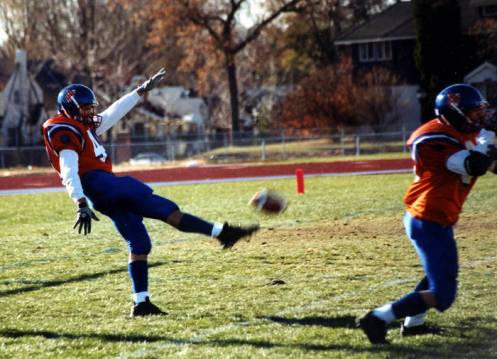The New NCAA Tournament — We Can Live With It
Posted by jstevrtc on July 12th, 2010Andrew Murawa is the RTC correspondent for the Pac-10 and Mountain West conferences and an occasional contributor.
The NCAA got around to announcing “The Decision” regarding the layout of the now 68-team tournament and specifically the makeup of the competitors in the four “play-in games” today, and the end result? Punt.
Getting the terminology out of the way first, these games are officially no longer part of the Opening Round, nor are they “play-in games” (not that they ever were). They now make up the entirety of the First Round of the NCAA Tournament, otherwise known as the First Four. Those games that get played on Thursday and Friday? Those are now the Second Round, with the weekend games now the Third Round, with the winners there still advancing to the Sweet Sixteen.
We knew before today that there were three main options that the NCAA was considering: the final eight at-large teams matching up, the lowest eight automatic qualifiers matching up, or some combination of the two. That last one, that’s what we got. And you know what? That’s probably the best decision.
If the NCAA had chosen to send only the lowest eight qualifiers to these games, there would have been numerous problems, not the least of which would be a continuation of the idea that those first four games aren’t really part of the NCAA Tournament. The teams that advance from one-bid conferences like the MEAC, SWAC, American East and Big Sky (to name just a few of the usual suspects) would battle it out in Dayton in relative anonymity for the right to advance to their chance to get killed by a one-seed, while your typical college basketball fan would ignore the whole thing. In the process, sure, the teams involved would have a better chance at winning a game in the NCAA Tournament and thereby earning themselves an extra share of the proceeds from the tournament, but once the “actual” tournament started, there would be four less automatic qualifiers sticking around for their chance to get on national television and test out their slingshot against Goliath. Then there’s also the fact that after spending $10.8 billion on the rights to the tournament, the first four games of the package would be a total wash for the television networks, stuck broadcasting games like Mississippi Valley State against Northern Arizona to a national television audience of almost four digits.











































